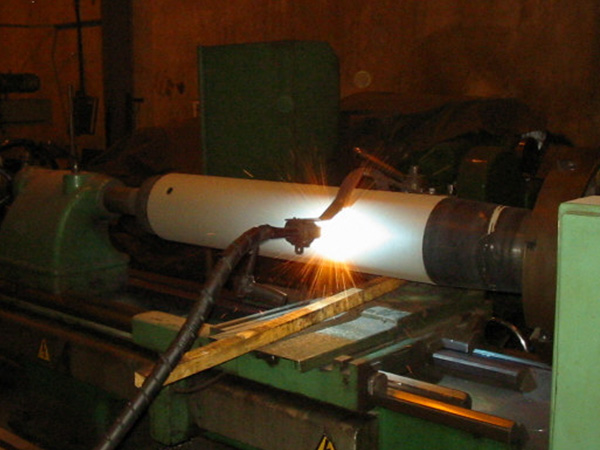Metalizing wire for different components bonding
Metallization refers to wiring of the different components together to receive a functioning circuit. The spraying process is normally the spraying of molten metal on the surface to create the coating. The material in the wire form is melted in a flame and atomized by using compressed air to develop a fine spray. When spray contacts the developed surface of a substrate material, the fine molten drops quickly solidify creating a coating. This process conducted correctly is named as Cold Process as the substrate temperature can be kept low during processing preventing damage, metallurgical variations.
To limit sprayed dust and fumes when metalizing occurs. Conducted metal dust as well as dust. Duct work has changeable pipe length and ball joint to fit specific need. Considering the nature of metal spray process, it is essential to provide security to personnel from the risks of noise, dust and glare. To spray the deep bores or recesses, a wide range of extension nozzles are used.
Applications
- Zinc and aluminum for anti-corrosion coating
- Nickel-Aluminum composite wire for bond coats and self bonding coatings
- Molybdneum for bond coating
- Molybdenum for hard bearing applications, outstanding resistance to adhesive wear usually used on piston rings and mesh cones.
- High chromium steel for difficult wear resistance coating
- Stainless steel and nickel and Monel for anti-corrosion and wear.
- Aluminum and Nickel-Aluminum for wear and oxidation resistance
Considering the nature of metal spraying process, it is essential to offer protection to personnel from the hazards of noise and dust. Heanjia offers thermal spray and metalizing wire. The wires for a variety of thermal spray and metalizing venture. We offer many wires in standard diameter and packaging including open coils and spools.
We offer outstanding quality surplus materials at economical price. The solid nickel core develops a solid spray without spitting, a common flaw in other bondcoat wires. It allows for uniform spray and finish. The metalizing wire sprays at a higher speed and gives highly homogenous spray pattern. Also opposite to wire with petletized nickel core in the aluminum tube, this wire doesn’t split. The older wire had a potential to propel un-melted nickel particles if the aluminum sheath burned early. It doesn’t happen with our metalizing wire as the solid nickel wire cannot shoot unless it is melted and atomizing by the compressed air jet before it is sprayed. This eventually shows very high bond strength to the coating.
In the multilayer metalizing wire coating process, there are internal layer dielectrics separating the different metal layers. The multilayer metal connections, the metal from single layer requires to be associated to the metal layer from the preceeding layer and to the after layer. It is done by vias. For developing electrical connections between metals in the same layers, trenches are produced. Both trenches and vias and filled together in single step, it is the reason called a dual damascence process.


